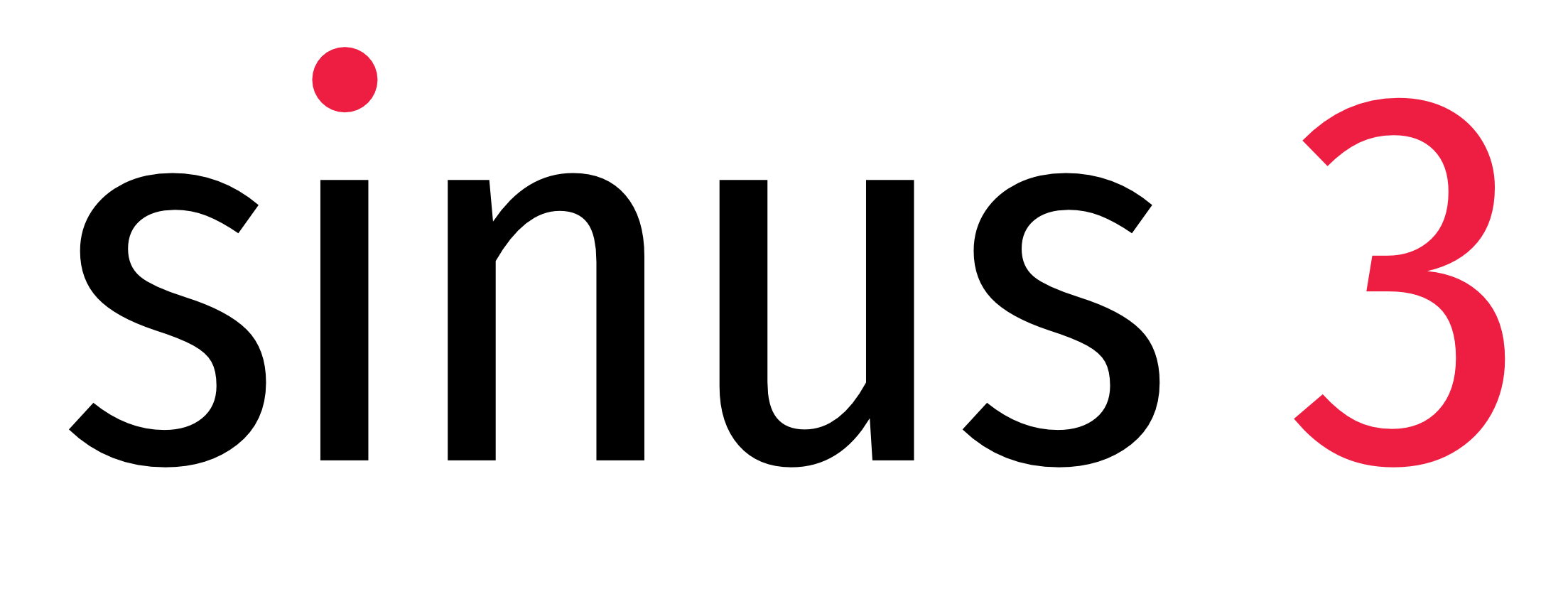Reflection
VIDEO & EXHIBITION

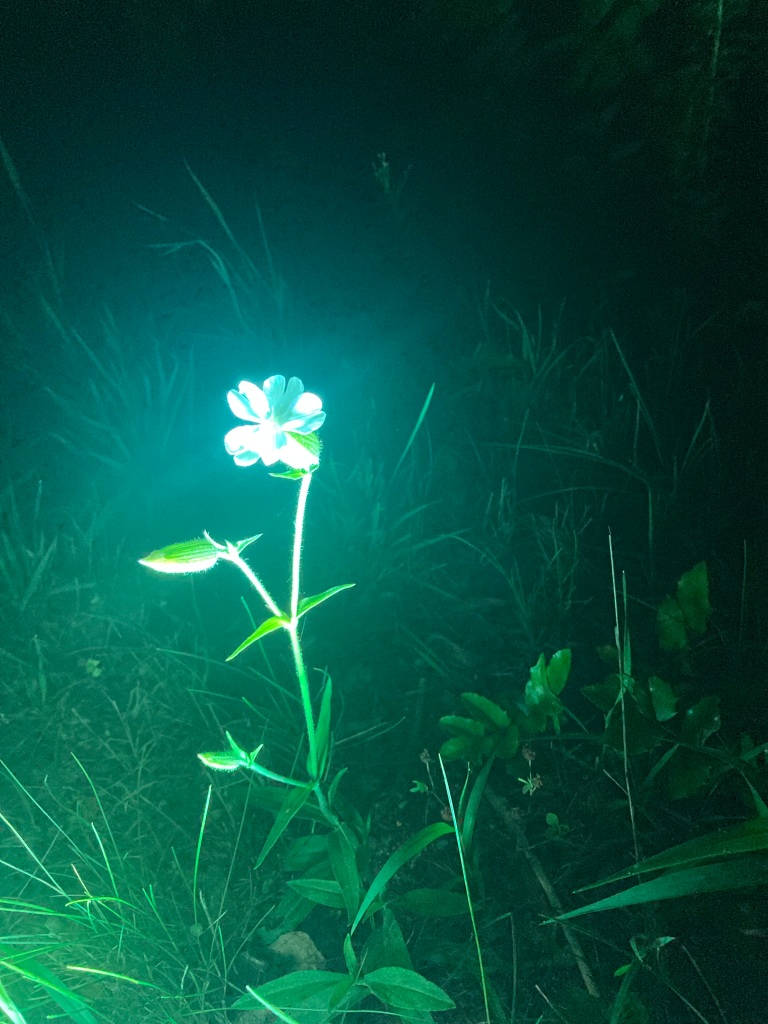

“NENIA. Irena Bobowska, Poznań conspirator and artist.
The exhibition presents the biography of Irena Bobowska, commemoration project in Berlin, artistic maps and a multimedia interpretation of her poem “I like to imagine” by Studio Sinus 3. Selected poems and drawings from family collections are presented for the first time. The concept of a permanent memorial to Bobowska in Berlin – a tree named after her – was presented.
The heroine IRENA BOBOWSKA
Born September 3, 1920 in Poznań / Posen (Poland), executed September 27, 1942 in Berlin-Plötzensee.
A young woman. A highly talented painter and poet. A severely disabled person in a wheelchair. A girl scout, activist of the Poznań Weapons Organization, ie. Military organization in western Poland (Greater Poland). Co-founder and co-editor of the underground magazine “Pobudka”. Arrested in 1940, tortured mentally and physically. She was executed at dawn on September 27, 1942 in the Berlin-Plötzensee prison.
More about Irena Bobowska and the project in Berlin: www.dziewuchyberlin.org/bobowska/
LAKE RUSAŁKA
“As early as November 1939, shortly after the start of the Second World War and the annexation of the so-called Wartheland, a garden and cemetery office was established in Poznan, which promoted the creation of a large amusement and leisure park, the Golnauer Volkspark, in the area of today’s lake. Plans included, among other things: Restaurants and sports facilities and in the center of the site the artificially created Elsensee, named after the nearby town of Elsenmühle. The lake should have a natural appearance, surrounded by newly planted trees and banks fortified with reeds and stones. Jewish prisoners who had been deported to Poznań camps from Greater Poland and the area around Łódź, as well as Polish forced laborers, were forced to excavate the basin and fortify the lake. Many of them were murdered or died due to brutal treatment and unbearable working conditions.” More on WIKIPEDIA >>>
The exhibition is an event accompanying the festival „Rusałka – the lake that connects”, that connects Poznań and Berlin and was created in collaboration with the feminist collective Dziewuchy Berlin, the association Ambasada Polek e.V. Rusałka Festival is a project of BARAK KULTURY.
Artists:
Irena Bobowska
Anna Krenz
Patrycja Rutkowska
Ewa Maria Slaska
Marzena Zajączkowska
Curator:
Patrycja Rutkowska
Concert:
Julka Walkowiak
Miki Tkacz
Festival Programme (in Polish) / Cały program Festiwalu: barakkultury.pl/festiwal-rusalka
Ja lubię sobie wyobrażać
Że jestem z bajki taką dobrą wróżką
Przedziwne cuda mogę stwarzać
Mą czarodziejską różdżką.
I wtedy chodzę i sieję po świecie
Taki radosny, dźwięczny śmiech.
Śmiech, który wszystko zło wymiecie,
Przed którym umknie wszelki grzech.
W takt mojej różdżki tańczą dzieci
Kłonią się kwiaty, szumią drzewa
Gdy zechcę, wiatr swawolny leci
I na mój rozkaz słowik w parku śpiewa.
W dzień wodzę w górze słońce ogniste
I co noc gwiazdy zapalam,
I mgły na łąkach snuję srebrzyste,
I księżycowi świecić pozwalam.
Rankiem rozpylam perliste rosy,
Zawrotnych woni udzielam ziołom,
Rok rocznie złocę pszeniczne kłosy
I deszcz spragnionym zsyłam siołom.
Dzień i noc oraz 4 pory roku
Elfy, chochliki, wszystkie kwietne duszki
I nimfy z łąki przy potoku,
Syreny w morzu – też są moje służki.
Irena Bobowska (Moabit, 24.12.1941)
„Reflection” – video: Marzena Zajączkowska and Anna Krenz (Sinus 3)
4.24 minutes, 2023
Concrete Side of the World
MANIFESTO & HAPPENING

2000:
Plac Wolności, Poznań
Photos:
Tomasz Piotrowski
Idea
Due to modern urban strategies undertaken in Poznan one of the main squares in the city centre was rebuilt and completely covered with artificial surface – stone. In the XIXth Century Freedom Square (Plac Wolności) used to be a green area. In the XXth Century, there are hardly any trees, the fountain had no water, the square was not lively at all. Therefore, in 2000, we took an action – a manifesto – to point out the lack of green areas in the public space. On top of the sealed artificial floor of the square, we placed 16²m of fresh grass. Environmentalism and green areas were not present in the public debate at that time.
In the following years, an underground parking was built, a new fountain was placed on the square and many cultural and political activities took place. Many years later, a new term was coined – „betonoza” (concrete) and people started to talk about covering surfaces with concrete.
In 2023, due to climate change and current renovation of the city centre, the discussion about the „Concrete Side of the World” is crucial, necessary and again up-to-date.
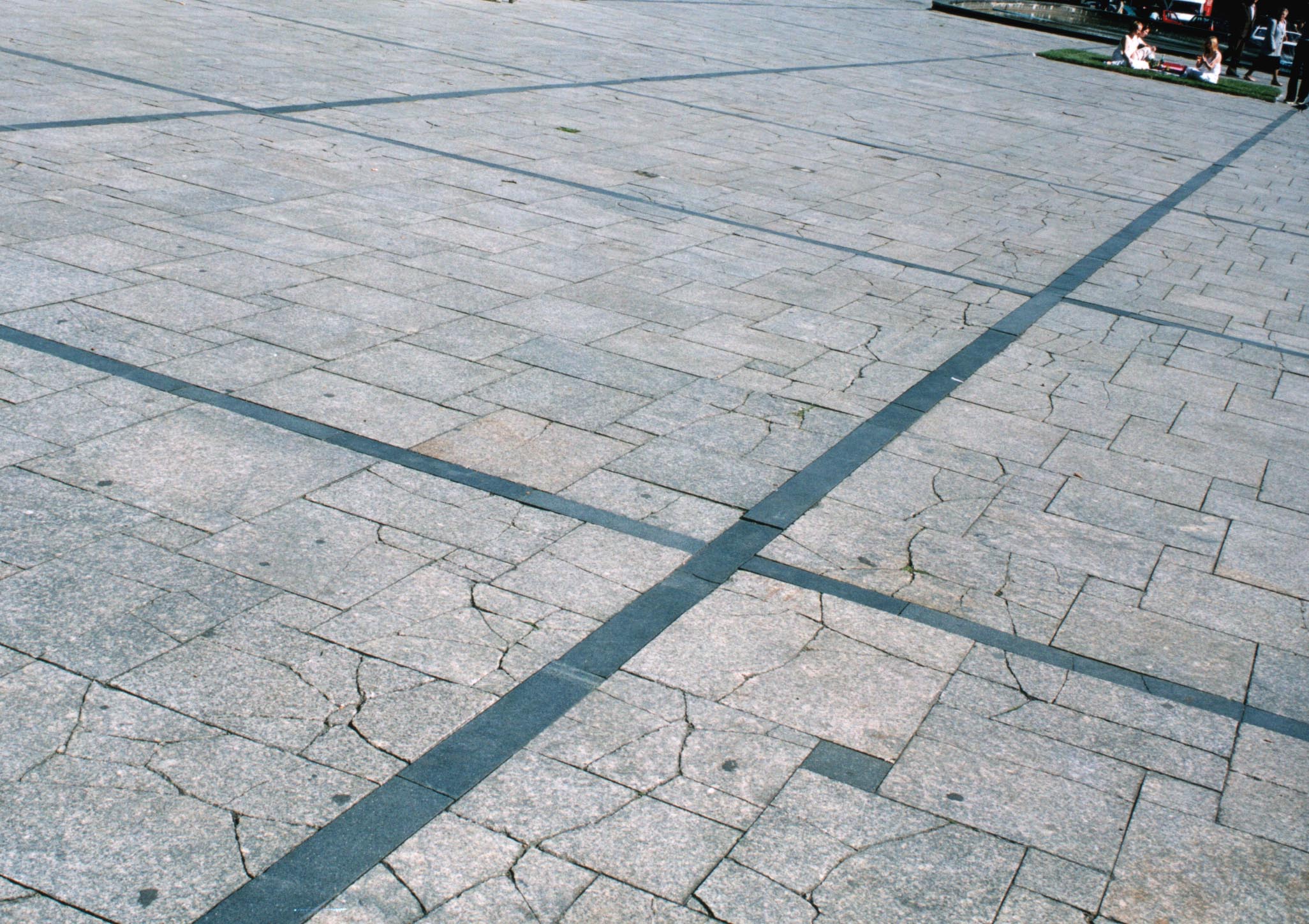
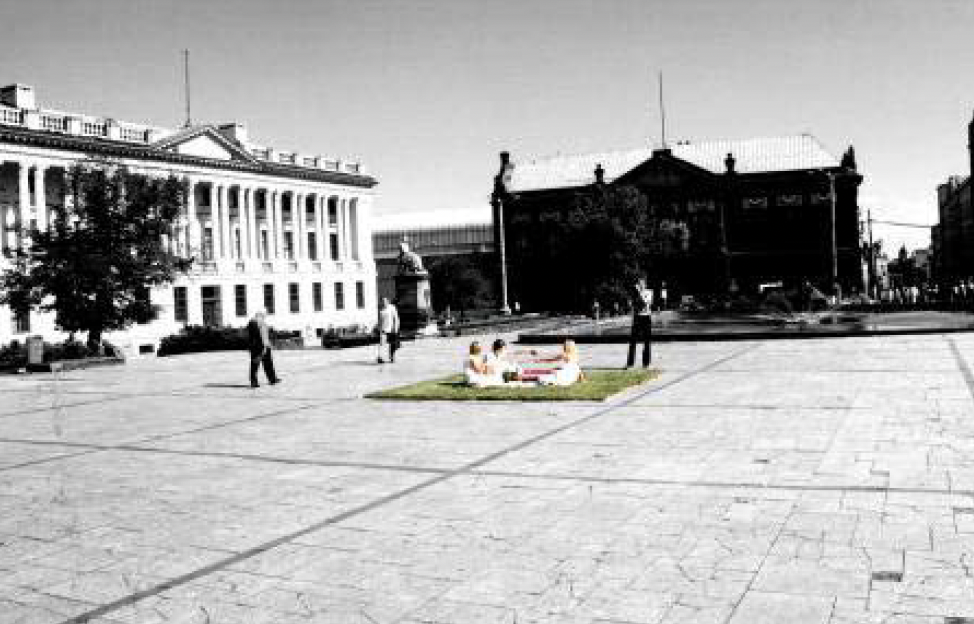

Reticulum, the Concrete Side of the World
MANIFESTO & FILM

2000:
7,30 Min., Video, filmed on VHS
Directed by:
Sinus 3
Camera:
Sinus 3 and Artur Śledzianowski
Editing and music:
Tomasz Piotrowski
Idea
„Reticulum, the Concrete Side of the World” video was made for the 8th International Biennale of Architecture in Cracow in 2000 as part of the competition „Beauty, Ethics & Ecology”. It is a reflection upon contemporary lifestyles based on consumerism, globalisation and extreme mobility in cities, which are adjusted to that, especially to car transportation. We try to follow a daily routine of an average polish person, an inhabitant of a city, who drives from his pathological dwelling in a block of flat (M2) to the inner city to work. Then he/she drives to his weekend favourite activity - supermarket, where he/she spends hours on choosing from one chemical ersatz to another – E130, E250, E588 …
Another issue is the urban ground, covered with sealed surfaces, which do not allow the Earth to breathe. Highways, paved market squares and asphalt streets… We long for green, natural environment, therefore we create our own 16 square meters of grass on the main public square in Poznan, which used to be a green space in the 19th century. Our own initiative brings green to the city as a metaphor of longing and hope for a change. Now, over 20 years later, not much has changed in Poznań, still the streets are concreted, still residents are fighting to preserve the trees.
Premiere of the film: 8th International Architecture Biennale, Cracow, 2000
Video screening at the ‘Beyond Media – Architecture on Video’ festival , Florence, 2002
First Prize in Scientific Film About Architecture Competition, Lublin University of Technology, 2002
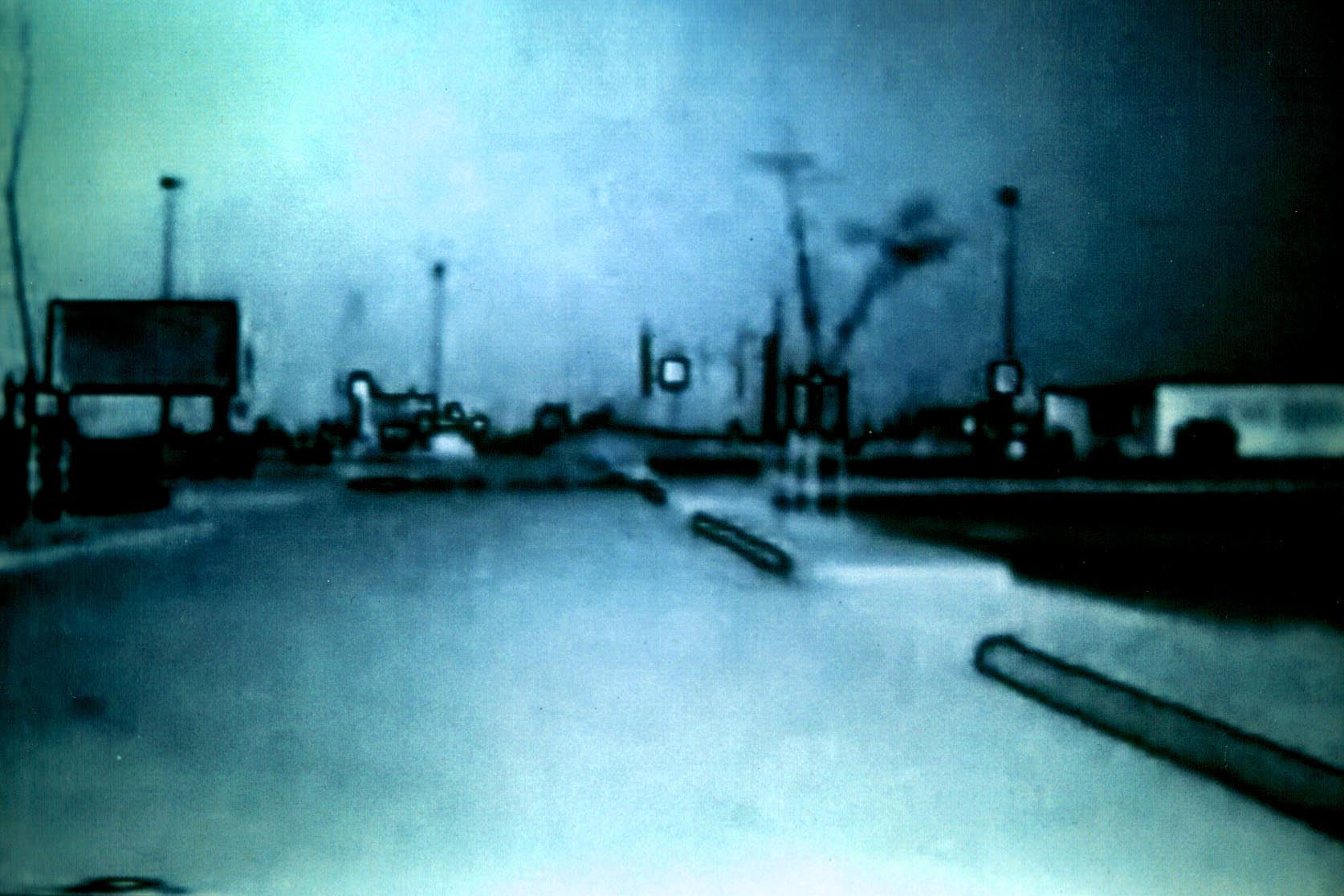
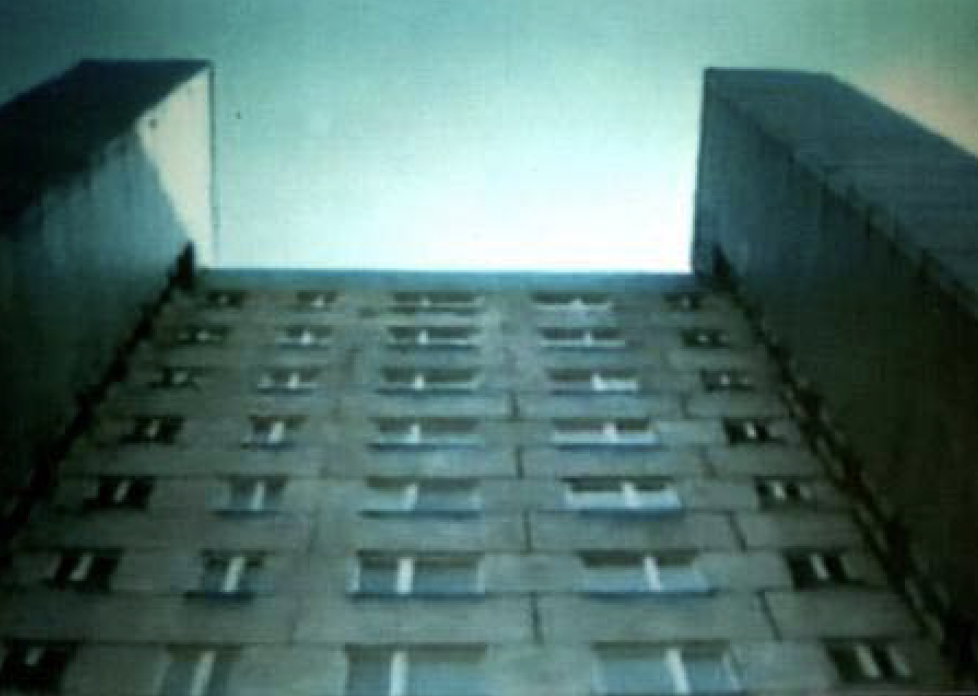
KERFENT
MANIFESTO & FILM

2000:
5,00 Min., Video, filmed on VHS
Directed by:
Sinus 3
Starring:
Sinus 3 and Tomala
Camera and editing:
Marcin Zajączkowski
“Kerfent” – black & white impression following German Expressionist masters of the early cinema. The film shows contemporary cultural and social issues in a traditional manner of a linear story. A man, possessed with new technology of computers and virtual reality, creates 3 digital women, who come to real life. He doesn’t know how to deal with real human beings, especially women, therefore they do not exist for a long time. The creator destroys his own creation. This “katharsis” is formed by natural shape of the symbol of life – an egg.
The film is usually accompanied by a live performance – a manifestation of natural and vital female powers, life and death, the beginning and the end.
„Kerfent” video screening and performance, individual exhibition of Sinus 3 projects, Gallery Piwnica21, Poznań, 2002
Opening of the Gallery ZERO, Berlin (10.5.2003): Sinus 3: „Kerfent” video screening and „zerorezero” happening, Individual exhibition of Sinus 3 projects; Wolfgang Seidel presents „Cassette Concerts” of Conrad Schnitzler; Centrala Rybna performance.
